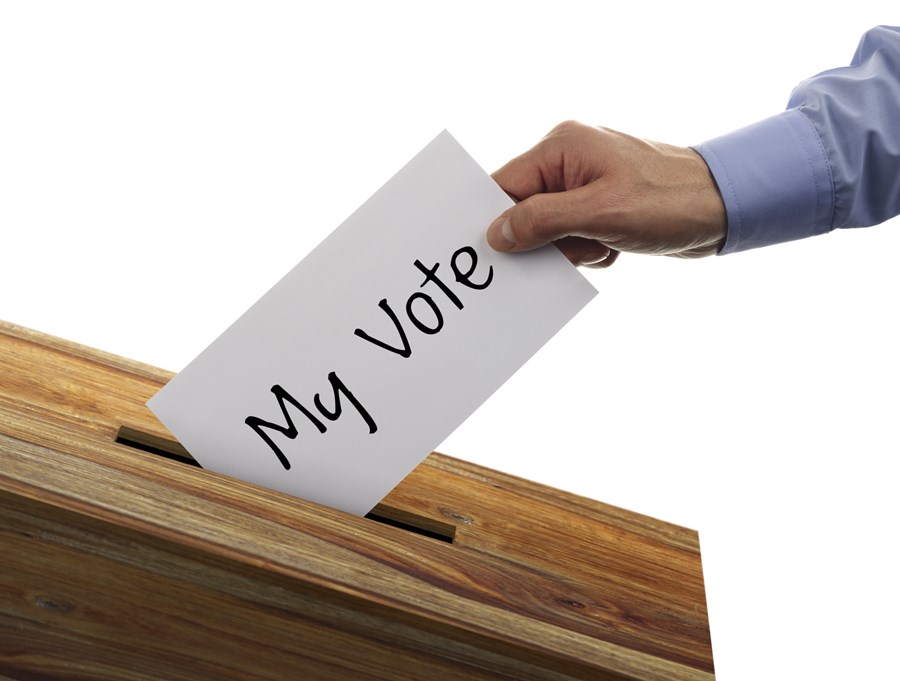Could a significant Indigenous population work to a region's advantage when it comes to redrawing B.C.'s electoral boundaries map?
The Electoral Boundaries Commission is currently gathering public input in advance of issuing a draft proposal.
Legislation governing its proceedings requires that the EBC largely adhere to meeting an "electoral quotient" that sees the population of most ridings veer no more than 25 per cent away from the average.
That does not bode well several people-starved northern B.C. constituencies, even if the EBC can to add as many as six more ridings to the 87 currently in the legislature.
But there are a couple caveats.
Not only does the EBC have leeway to account for "special geographic considerations" related to keeping electoral areas to a manageable size but it can also take "special demographic considerations, including communities of interest" into account.
In a recent interview, EBC Chair Nitya Iyer did not make any promises but did say First Nations could constitute communities of interest, depending on how the term is interpreted as the commission sifts through submissions from the first round of public input.
"We made a decision at the beginning that we were going to go out and consult with B.C. residents before we commenced our deliberations," Iyer said. "So we deliberately did not have discussions about what the concept in the Act means."
As of a week ago, no First Nation had provided a formal submission on the topic but there were some individuals who raised the topic, Iyer said.
Even in areas where there a healthy proportion of First Nations, it could still be an uphill climb.
There is no doubt that Indigenous people make up a larger percentage of northern B.C.'s population compared to much of the rest of the province.
The borders of B.C.'s regional districts closely follow those of the province's electoral districts and, according to a breakdown from the 2016 census, seven of the nine with the largest proportions of Indigenous populations are in northern B.C.
But by the same token, just two electoral districts in the region, Prince George-Valemount and Prince George-Mackenzie, have populations large enough to remain within the 25-per-cent threshold.
In contrast, Nechako Lakes' population is 56 per cent below the average, although it's situated in the Bulkley-Nechako Regional District, where First Nations make up 19.9 per cent of the population.
Likewise, Peace River South is 55.4 per cent below the average, and Peace River North is 29.8 per cent below while the Indigenous population comprises 15.3 per cent of the people living in Peace River Regional District.
Interestingly, although Indigenous people make up just 2.5 per cent of the population living in the Greater Vancouver Regional District, they still amount to 61,455 - the largest cohort in terms of outright number in B.C.
Moreover, in amending the legislation last spring, the governing NDP scrapped a proviso that prevented the EBC from decreasing the number of electoral districts in each of the Cariboo-Thompson, Columbia-Kootenay and North regions, home to 17 ridings in all.
With the change, Nechako Lakes MLA John Rustad predicted the EBC will consider special circumstances for "at most just one or two ridings."
The deadline for submissions to the EBC for the first round of public input is this Tues., May 31 and can be provide through the commission's website, bcebc.ca.
From there, the EBC must publish its preliminary report by October 21 and once that's done there will be another round of public consultation before the EBC submits its final report.
As of May 19, the EBC had received more than 900 submissions, predominantly through the website.

